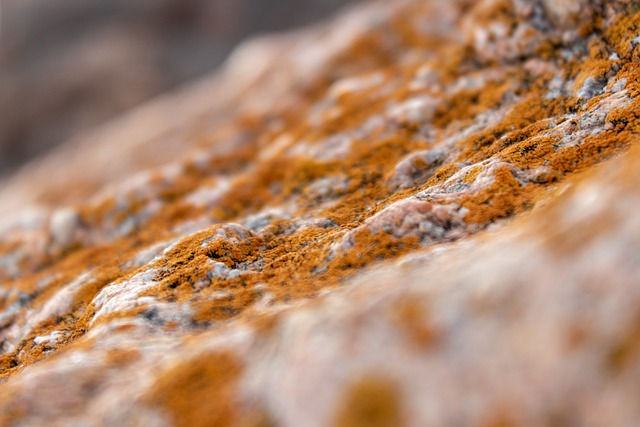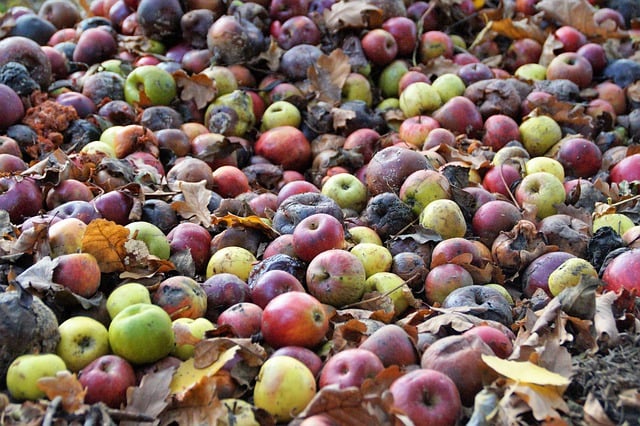San Antonio's humid climate fosters mold growth in homes, particularly in crawlspaces, with a musty mildew smell being an early warning sign. Common causes include water leaks, inadequate ventilation, high humidity, and previous flooding. To prevent extensive damage, regular inspections are crucial. Effective solutions involve addressing water intrusion, improving ventilation using dehumidifiers, implementing remediation techniques, and maintaining humidity below 50%. Homeowners with a persistent mildew smell should act promptly to mitigate health risks, protect their home's foundation, and improve indoor air quality.
In San Antonio homes, understanding mold growth and its common causes is crucial for maintaining a healthy living environment. Mold often goes unnoticed until its telltale musty smell permeates the air. This article guides you through the process, from identifying the mildew scent to implementing a comprehensive crawlspace treatment plan. By addressing mold issues early, homeowners can prevent extensive damage and ensure a safe, comfortable space. Discover effective solutions for eradicating mold and keeping it at bay, focusing on the specific challenges of San Antonio’s climate.
- Understanding Mold Growth and its Common Causes in San Antonio Homes
- Identifying the Musty Smell: When is it a Mold Issue?
- Comprehensive Crawlspace Treatment Plan for Effective Mold Remediation
Understanding Mold Growth and its Common Causes in San Antonio Homes

Mold growth in homes, especially in crawlspaces, is a common issue in San Antonio due to its humid climate. The musty mildew smell in your house could be an early indicator of this problem. Mold thrives in dark, damp environments, making crawlspaces prime real estate for its development. Common causes include water leaks from pipes or roofs, inadequate ventilation, high humidity levels, and previous flooding events. Over time, mold can spread to other areas of the home, affecting air quality and potentially causing health issues for residents.
Identifying and addressing mold early is crucial. Homeowners should be vigilant about checking for signs such as discoloration, fuzzy growth, or a distinct mildew smell. Regular inspections, especially after severe weather events, can help prevent extensive mold damage. Effective mildew smell in your San Antonio house: causes and solutions involves fixing water intrusion issues, improving ventilation, using dehumidifiers, and implementing appropriate remediation techniques to remove and prevent future mold growth.
Identifying the Musty Smell: When is it a Mold Issue?

Many homeowners in San Antonio may encounter a musty smell emanating from their crawlspace or basement, which could be an early indicator of mold growth. While a mild mildew scent might seem harmless, it’s essential to recognize that even small amounts of mold can pose health risks, particularly for individuals with respiratory sensitivities or allergies. The odor itself is not always enough to confirm a mold issue; however, it serves as a powerful signal to investigate further.
Identifying the source of the musty smell is crucial in addressing the problem effectively. In San Antonio’s humid climate, moisture buildup in crawlspaces can create an ideal environment for mold to thrive. This can be caused by various factors, including leaks from plumbing fixtures, high humidity levels, inadequate ventilation, or even poor insulation. Understanding the underlying causes of the mildew smell will help homeowners implement tailored solutions for mold remediation and prevent future growth.
Comprehensive Crawlspace Treatment Plan for Effective Mold Remediation

A comprehensive crawlspace treatment plan is essential for effective mold remediation, especially in homes with a persistent mildew smell in your San Antonio house: causes and solutions. The crawlspace, often overlooked, can be a breeding ground for mold due to its high humidity levels and limited ventilation. A well-designed strategy should address these issues head-on.
First, assess the source of moisture intrusion. Common causes include leaky pipes, inadequate drainage around the foundation, or rising damp from the soil. Fix any leaks immediately and ensure proper drainage systems are in place. Next, improve ventilation by installing dehumidifiers and fans to reduce humidity levels below 50%. Regular cleaning and inspection will also help prevent mold growth. Finally, consider applying a specialized anti-mold treatment to the crawlspace walls and floor, which can inhibit mold spores from thriving, providing an added layer of protection for your home’s foundation and indoor air quality.
In addressing mold remediation crawlspace treatment plans, especially in San Antonio homes, understanding mold growth and its common causes is paramount. Recognizing the musty smell—a telltale sign of mildew—is crucial for timely intervention. A comprehensive treatment plan targeting crawlspaces, a key area where mold often hides, is essential for effective mold remediation. By implementing these strategies, San Antonio homeowners can mitigate mold issues, improve indoor air quality, and prevent future outbreaks, ensuring a healthier living environment.
